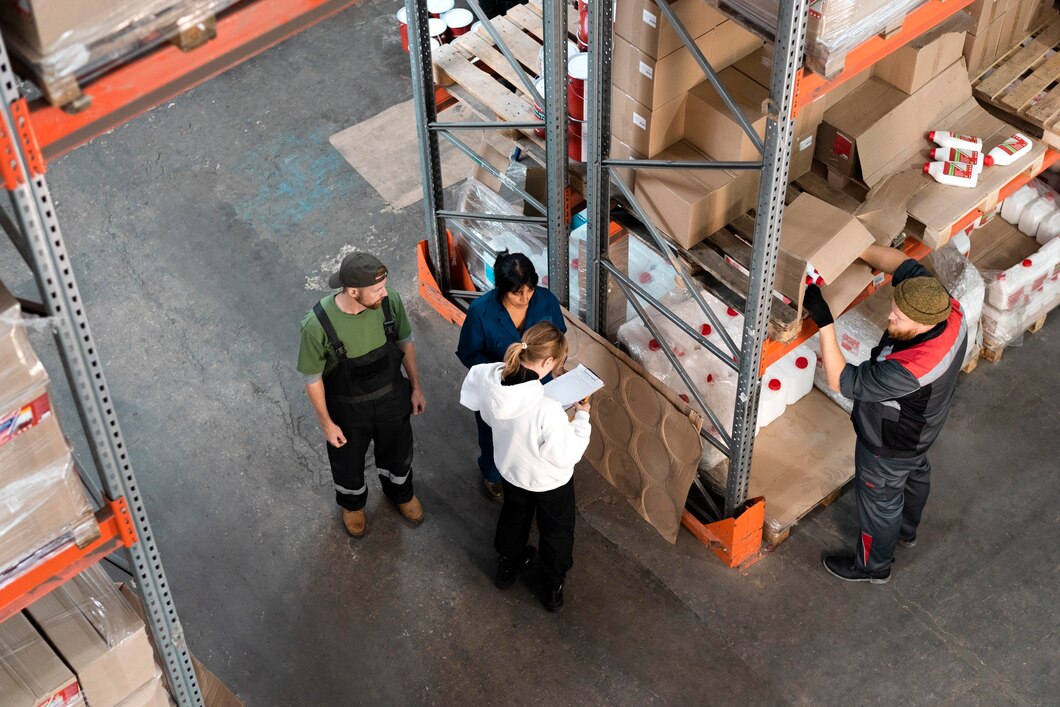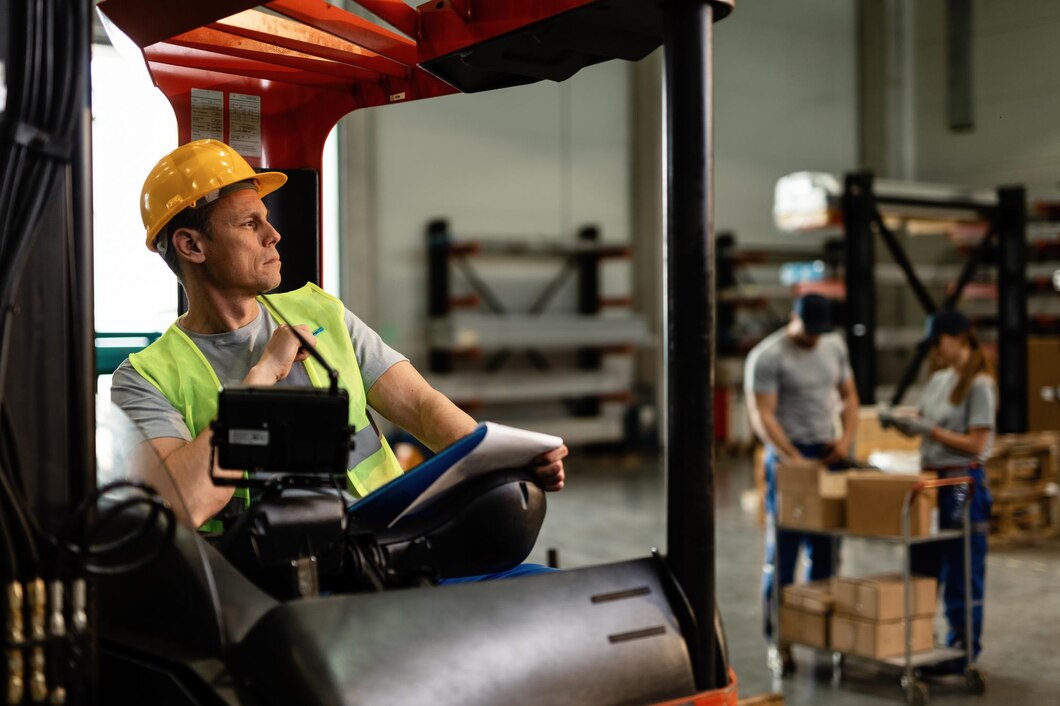In
today's interconnected global economy, optimizing supply chain efficiency is
paramount for businesses aiming to maintain competitive advantage. One critical
aspect of achieving this efficiency lies in streamlining transit customs
clearance processes. This blog explores the strategies and benefits of
enhancing supply chain efficiency through efficient transit customs clearance.
By effectively managing customs procedures at transit points, businesses can
minimize delays, reduce costs, and improve overall logistics performance.
Transit customs clearance involves the efficient processing of goods passing
through a country or region en route to their final destination. This process
requires meticulous documentation, compliance with transit regulations, and
coordination between various stakeholders, including shippers, customs brokers,
and logistics providers. Key strategies to enhance efficiency include
pre-clearance arrangements, where customs procedures are completed before goods
arrive at the transit point, thereby reducing wait times and speeding up
transit. Leveraging advanced technologies such as electronic customs
declarations, automated data exchange systems, and real-time tracking
capabilities further enhances visibility and control over shipments in transit.
Additionally, collaboration with trusted partners and customs authorities
facilitates smoother coordination and faster processing of paperwork, ensuring
seamless movement of goods across borders. The benefits of efficient transit
customs clearance extend beyond operational efficiency to include improved
inventory management, reduced lead times, and enhanced customer satisfaction
through timely deliveries. By embracing these strategies and leveraging
technological advancements, businesses can not only optimize their supply chain
operations but also strengthen their market position in a globalized trade
environment characterized by speed, reliability, and responsiveness.
Supply Chain Efficiency through Transit Customs Clearance


